By Springloaded with Christine
Springloaded is a Singapore company that excels in quirky pixel art games. GORSD is an arena battle game released in 2020. Christine is one of the many talented developers who worked on the game.
Q: Tell me about yourself. What is your role at Springloaded?
Hello! I’m Christine and I’m often described as an ‘everything-ist’ or the ‘glue’ that fills the gaps! What I do includes programming, handling builds, porting our games to different platforms, QA, making levels and completing submission paperwork! Working in a small company also means we all get a say in game design and discussions.
Ironically, I didn’t come from a related background – I’m a musician! This seems to be a trend in the company. But making games in some way or another has always been my dream.
Q: What is the game GORSD about? Where can players find the game?
GORSD is a top-down strategic shooting game, set in a bizarre world, involving the colouring of tiles. It has a multiplayer mode and also a single player adventure mode where you explore the story. It’s a bit difficult to describe… but we couldn’t stop playing it in the office, and still play it pretty often just for fun. It’s best if you play it for yourself!
Players can find the game on the Nintendo Switch, PS4, Xbox stores, and also on Steam. To me, it’s the perfect fit for the Nintendo Switch, but in these times of lockdown… Steam remote play is very attractive too.
GORSD is full of speed, tactics and terror. Play the game on Steam!
Q: Give us some insights on the mechanics. What inspired the development of this game?
You control a character round a map, colouring tiles as you walk. For the standard mode your goal is to colour the entire area, and stop your enemies from doing the same. You get one bullet that, depending on which direction you aim when you shoot, will curve along different paths. This kills anything in its tracks, including you! It involves reflex but also strategy.
The game was inspired by games like Pac-man, Splatoon, and Qix. Also the theme of the Global Game Jam that started it was ‘Waves’, which is demonstrated through the oceanic themes of the characters and the waves of colour that explode across the map whenever you kill an enemy.
I think the game’s mechanics are fairly simple yet deep. The way the bullet curves – for example, if you shoot to the left path relative to your character, the bullet will keep choosing to go left at every junction possible. This made map design during development rather interesting when we thought of map shapes that made the bullets travel in unexpected ways. The core mechanics of the game was pretty much set in stone from the start, and further development was mostly expanding upon the universe and content.
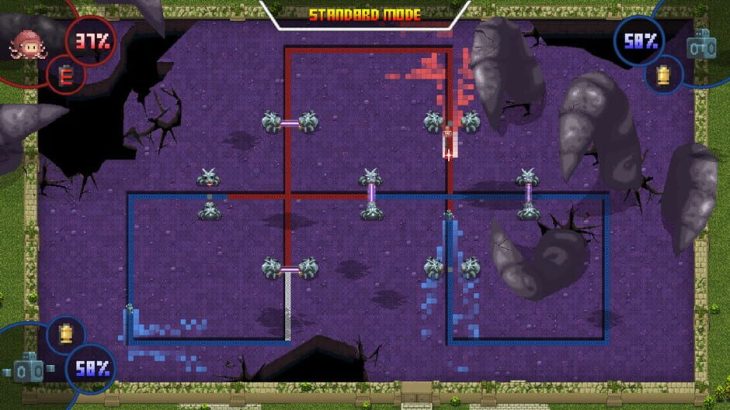
You have just one bullet, fire it, control it and collect it.
Q: Other than the couch multiplayer, there is also a single-player campaign set in a large overworld containing more than 60 battle stages. What is the story about?
The game’s story is supposed to be ‘told’ in a rather cryptic abstract manner, and you kind of figure it out by linking the clues together by the end of the game. The worm-like creatures are some kind of higher entity, with their own agenda, overseeing everything. Meanwhile you play as Octopus Man – a man in an Octopus suit, and you really just want to fight to survive.
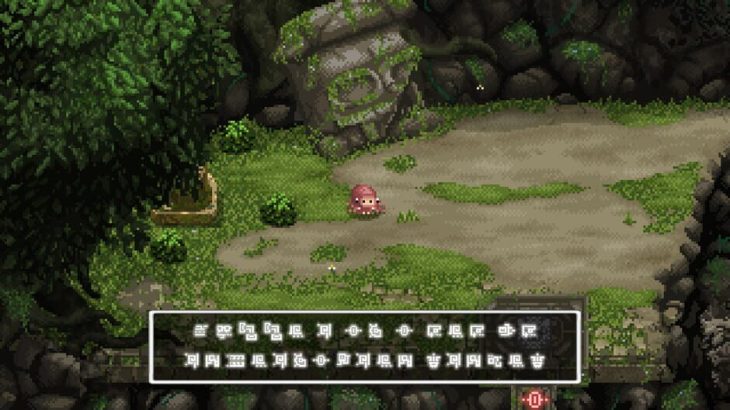
Born from a womb-eye, you discover a world seething with challenges created by an unknown power.
Q: Those are some freaky looking worm-like creatures. What influenced the visuals of the game and its characters?
James (our founder) really likes weird stuff!
We’re based in Singapore, and we have a park called Haw Par Villa, and it’s filled with a lot of freaky looking creatures based on Chinese mythology and folklore. Shockingly, I haven’t actually been there, but the team has! We aimed to make it look unsettling and uncomfortable. We wanted something that would shock players or incite a kind of ‘what on earth is this?’ feeling.

Set in a universe of corrupted deities, travel deep inside the heart of darkness to reach the ultimate reward.
Q: How was development different for this game as compared to your other games?
The game started as a fun cool thing from a Global Game Jam session that James participated in. Normally, you would consider things like audience, market, genre, profitability before designing a game, but being born during a GGJ meant the game went through none of this. It’s a bit of a double edged sword I guess – it makes the game creatively free from any of that business. Because of that, we didn’t release the game for a long time since we were unsure of its reception as there isn’t really any similar game for reference.
But the team really loved the game. We honestly thought it was really fun and such a shame to not release it. The game did attract a lot of attention during events, and seeing everyone play it together with such excitement and enjoyment made me believe the game had so much potential.

Experience 1-4 player couch battles and 8 multiplayer game modes with modifiable rules.
Q: What mistakes did your team make during development? What about this game you wished could have been done better?
The game isn’t really beginner friendly. There is this huge steep learning curve – which became more evident since its release. Because it isn’t conventional (as compared to platformers where there are standard controls that most players understand immediately), it can be hard to tell if you are teaching people at the right speed. What we ended up with clearly works for a lot of people, but we discovered a few players probably needed a more drawn out tutorial to help them understand those abstract concepts included in the game.
Getting the game noticed among so many other releases is something that everyone struggles with as indie developers. It is scary realising how many sales are due to marketing and features. I used to think that ‘a good game will sell itself’ and just focusing on making a good game would suffice. But these days, so many games come out on the stores every single day. Everyone has the tools to make games, and you don’t even need a team. Consumers are flooded with choices, and if your banner/icon doesn’t attract them in say 1-3 seconds as they scroll through the store, then it is gone from their sight.
However, it is more than just marketing. You need strong relationships with platforms and media. Either that or you need a strong track record, so people are already interested in your games. This problem is getting worse and worse every year, which is why we have decided to return to the publisher model for our next game.

Sometimes, releasing a game is like navigating a dark temple filled with chaotic energy.
Q: How did the team handle marketing and publishing for GORSD?
We self-published it, like most of our other games. I think many platforms are opening up to indies and making it easier for us to get on their platforms directly. So while coordinating a global release across platforms and regions was tough, the process of publishing it was not too much of an issue.
For marketing, we paid an external company to send out press releases and codes to more than 21,000 members of the media, with automated follow ups and reminder emails if the messages were not opened. We also used Keymailer and Woovit for reaching an even wider range of people. Sony also featured the game on their official channels which was great.
Despite this, it is still tough to break through the noise. We got some great reviews on Metacritic, but still didn’t pull in enough to get a rating. It is impossible to manage a promotional campaign manually any more, and rather than spend years trying to build up our own lists, paying someone else seemed like a good option. We also did some work on social media.
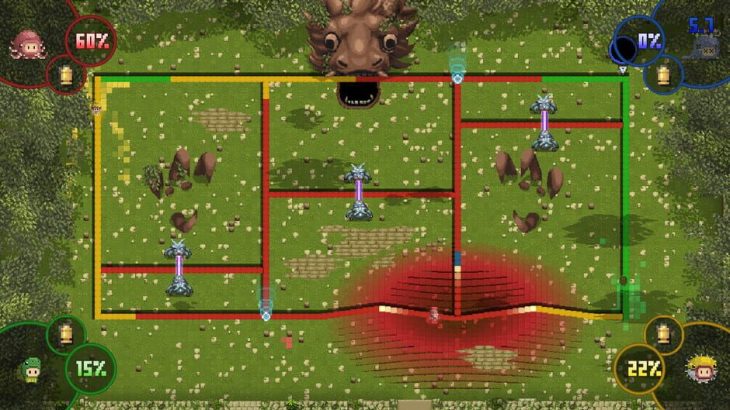
It can take a lot of effort to make a ripple to garner attraction.
Q: The GORSD will never leave you. What is the truth of the GORSD?
That’s for you to find out! There is a physical version of the game coming out on PS4/Switch published by Leoful, who are also based here in Singapore. Awesomely, we got to add a bunch more stuff to this version that explains a lot more about the game’s universe and the backstory behind it. The release even contains an illustrated story book that tells the story, because we wanted to really make that a definitive way to get the game.
Q: Is there anything else you would like to add about the game?
For us, this has been a huge passion project. Starting from 2017, we have been tinkering with it alongside our other projects and we are delighted to see it released. As an indie, doing a release on 4 platforms in one day is pretty tough, but we managed to pull it off!
The universe of the GORSD is also something we are proud of. It is weird, striking and always seems to get a reaction from people. Its influence can be seen across many of our games. In fact, the octopus man started out as a character in our game Desert Island Fishing, and one of our other games Decks and Dungeons has a whole area in which temples are built as shrines to the ‘Gorsd’, so this isn’t the last time you will see the GORSD!
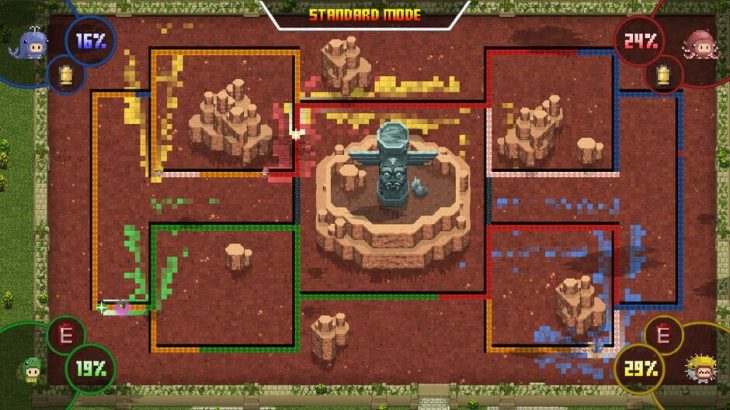
For what purpose were you created? Uncover the truth of the GORSD.
Q: What are the future plans for the team?
We are working with a publisher for our next game, and I can’t say very much at the moment… but we hope it will be as amazing we think it can be! Stay tuned!

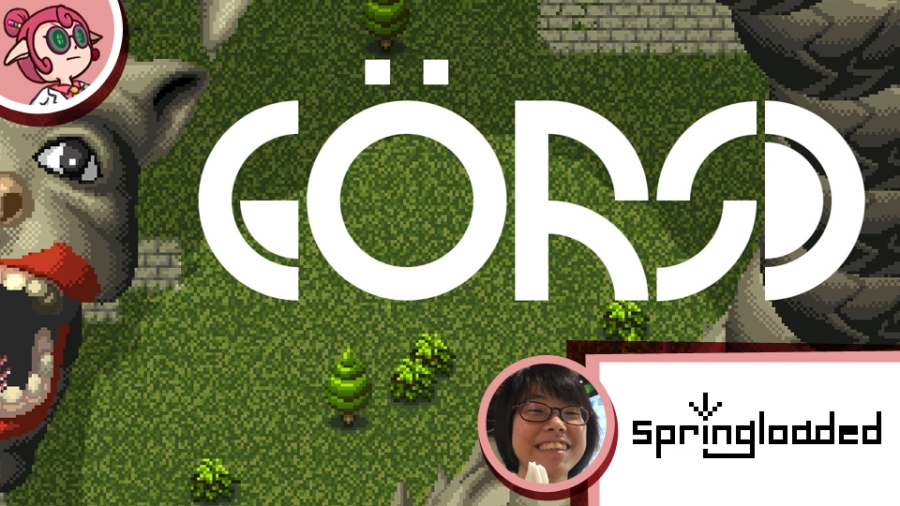
One thought on “Game Talk: GORSD”